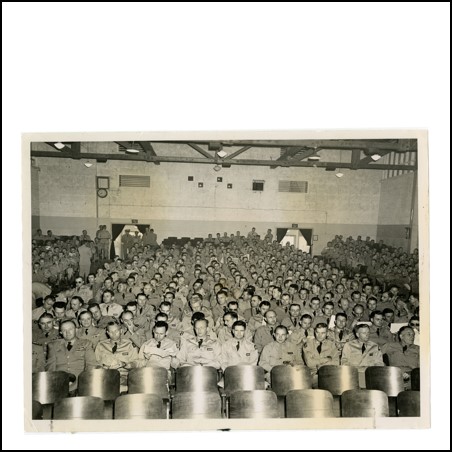
e-Document
|
1980 Cuban refugee operation: a study in joint operations.
Copies
0 Total copies, 0 Copies are in,
0 Copies are out.
Title
1980 Cuban refugee operation: a study in joint operations.
Call No
CDMC CGSC Student Papers
Digital Link
Authors
Subjects
Language
English
Published
Fort Leavenworth, KS : US Army Command and General Staff College, , 1989-06-01.
Series
Target Audience
Unknown or not specified








